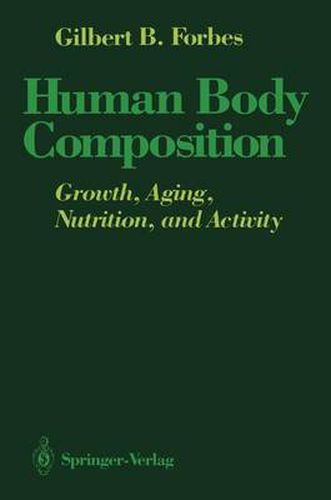Readings Newsletter
Become a Readings Member to make your shopping experience even easier.
Sign in or sign up for free!
You’re not far away from qualifying for FREE standard shipping within Australia
You’ve qualified for FREE standard shipping within Australia
The cart is loading…






This title is printed to order. This book may have been self-published. If so, we cannot guarantee the quality of the content. In the main most books will have gone through the editing process however some may not. We therefore suggest that you be aware of this before ordering this book. If in doubt check either the author or publisher’s details as we are unable to accept any returns unless they are faulty. Please contact us if you have any questions.
Man has always been curious about himself, a curiosity that began centuries ago with an examination of the soul, and that extended in the period of the Renaissance to his anatomy and certain functions such as the circulation of the blood. Chemical science entered the scene in the 18th century, and burst into prominence in the 19th century. As the various chemical elements were discovered, many were found to be present in body fluids and tissues. Organic compounds were recognized; it became known that body heat was produced by the combustion of food; chemical transformations such as the production of fat from carbohydrate were recognized; and in the 1850s it was determined that young animals differed from adults in certain aspects of body composition. As methods for chemical analysis evolved, they were applied to samples of body fluids and tissues, and it became apparent that life depended on chemical normality; and most importantly it was realized that given the necessary amount of food and water the body had the ability to maintain a degree of constancy of what Claude Bernard called the milieu interieur, in other words its interior chemical en vironment.
$9.00 standard shipping within Australia
FREE standard shipping within Australia for orders over $100.00
Express & International shipping calculated at checkout
This title is printed to order. This book may have been self-published. If so, we cannot guarantee the quality of the content. In the main most books will have gone through the editing process however some may not. We therefore suggest that you be aware of this before ordering this book. If in doubt check either the author or publisher’s details as we are unable to accept any returns unless they are faulty. Please contact us if you have any questions.
Man has always been curious about himself, a curiosity that began centuries ago with an examination of the soul, and that extended in the period of the Renaissance to his anatomy and certain functions such as the circulation of the blood. Chemical science entered the scene in the 18th century, and burst into prominence in the 19th century. As the various chemical elements were discovered, many were found to be present in body fluids and tissues. Organic compounds were recognized; it became known that body heat was produced by the combustion of food; chemical transformations such as the production of fat from carbohydrate were recognized; and in the 1850s it was determined that young animals differed from adults in certain aspects of body composition. As methods for chemical analysis evolved, they were applied to samples of body fluids and tissues, and it became apparent that life depended on chemical normality; and most importantly it was realized that given the necessary amount of food and water the body had the ability to maintain a degree of constancy of what Claude Bernard called the milieu interieur, in other words its interior chemical en vironment.